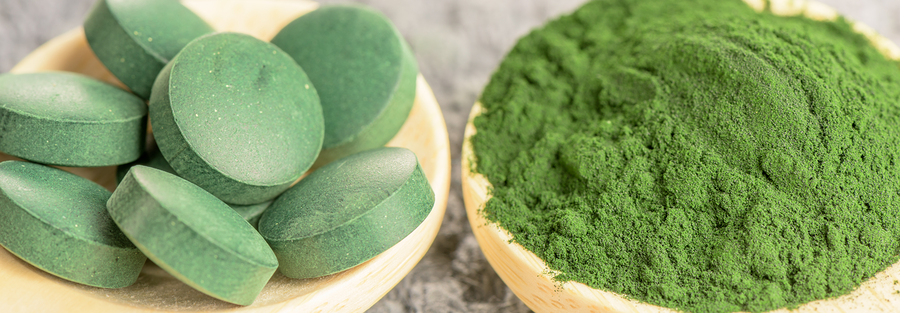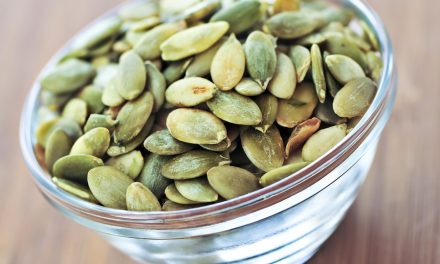Approximately 95 percent of all infections are initiated at the mucosal surfaces—the moist surfaces, like our eyes, nose, and mouth. These are protected by antibodies like IgA, which provide “an immunological barrier by neutralizing and preventing viral pathogens from penetrating the body through the mucosal surfaces.” The IgA in our saliva, for example, is “the first line of defense against respiratory tract infections such as pneumonia and influenza.” As you can see in my video Preserving Athlete Immunity with Chlorella (see below), moderate aerobic exercise—even just 30 minutes in the gym three times a week—may be all it takes to significantly boost IgA levels and significantly decrease the risk of coming down with flu-like symptoms.
RELATED STORY:
We’ve known for a long time that prolonged heavy exercise, though, may reduce resistance to infectious disease, manifested by an apparent two- to six-fold increase in upper respiratory tract infection symptoms for several weeks following marathon running.
RELATED STORY:
Sports coaches are advised to monitor immune function since illness could ultimately lead to a decrease in performance. Therefore, it may be necessary to take protective actions to minimize contact with cold viruses, for example. Athletes can’t get away with just washing their hands and wearing a mask, though, because upper respiratory tract infections are often triggered by reactivations of latent viruses already inside our bodies, such as Epstein-Barr virus (EBV). As soon as our immune function dips, the virus becomes reactivated. Researchers found that IgA levels drop the day before EBV comes out of hiding and causes a spike in symptoms. “These results suggest that the appearance of [upper respiratory symptoms] is associated with reactivation of EBV and reduction of [salivary] IgA during training.”
How can we preserve immunity in athletes? In Preserving Immune Function in Athletes with Nutritional Yeast, I discussed the efficacy of using a one-celled fungi—nutritional yeast—to boost the immune systems of athletes. What about a one-celled plant?
Researchers in Japan found that IgA concentrations in breast milk could be increased by giving mothers chlorella, a unicellular, freshwater, green algae sold as powder or compressed into tablets. What about other parts of the body? Thirty tablets of chlorella a day for a month increased IgA secretion in the mouth, too. But does that actually help in a clinically meaningful way? Researchers in Canada tried to see if they could boost the efficacy of flu shots, but a chlorella-derived dietary supplement did not appear to have any effect. They were using some purified extract of chlorella, though, not the real thing.
RELATED STORY:
What about giving it to athletes during training camp? High-intensity physical activity and group living create an environment ripe for infection, and, indeed, the training was so intense IgA levels significantly dropped—but not in those given chlorella each day. So, chlorella intake may attenuate the reduced IgA secretion during athletic training.
In health,
Michael Greger, M.D.












